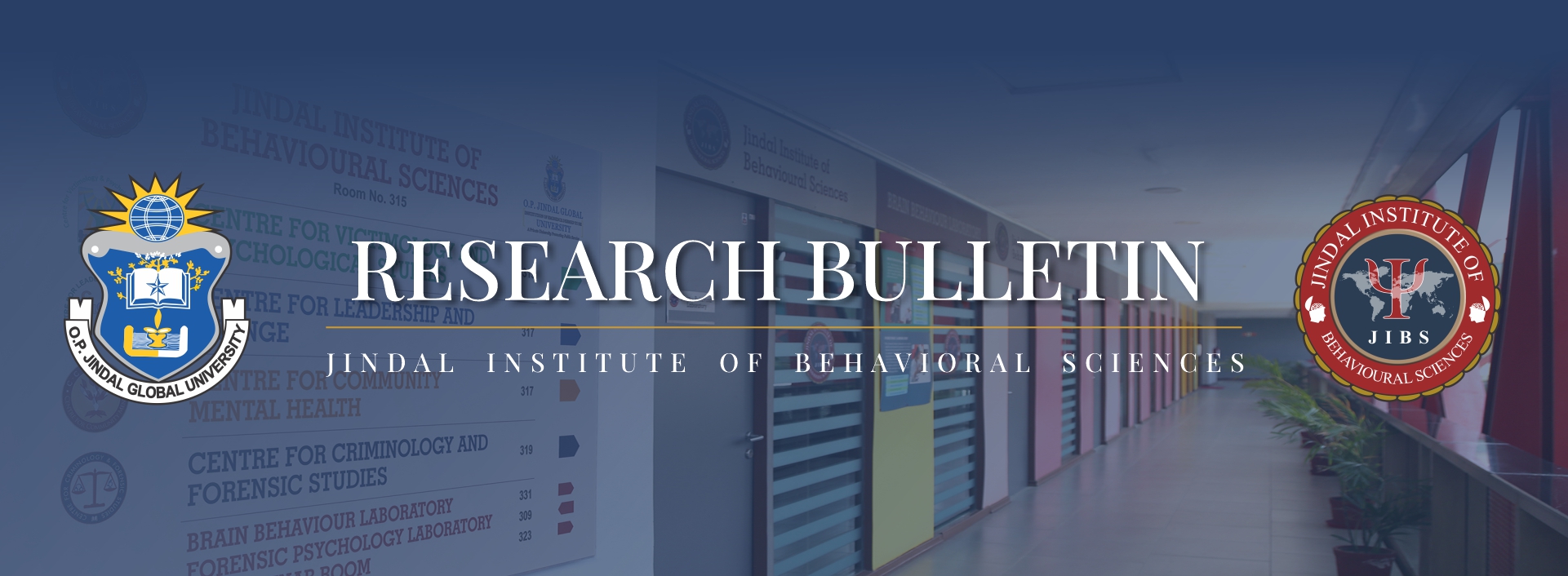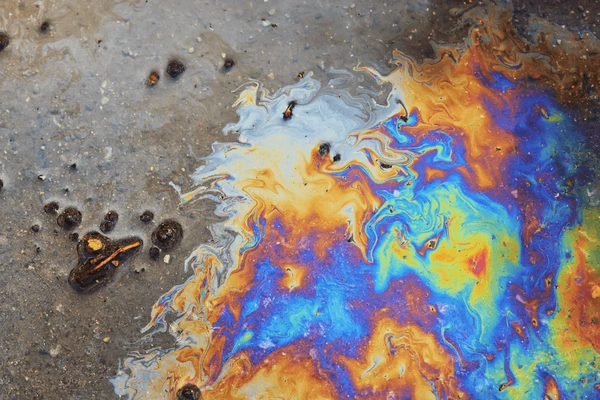Research Bulletin

Vol.3 Issue 6 | June 2024
The Jindal Institute of Behavioural Sciences (JIBS) research bulletin presents an overview of recent research published by the faculty and research scholars at JIBS organised under different themes.
Dr. Tara Chand

Interleukin-1β moderates the relationships between middle frontal-mACC/insular connectivity and depressive symptoms in bipolar II depression. .
Using z-normalized amplitude of low-frequency fluctuation (zALFF), this paper assessed the whole-brain resting-state functional activity between 147 bipolar II depression (BDII-D) individuals and 150 healthy controls (HCs). Differential ALFF regions were selected as seeds for functional connectivity analysis to observe brain connectivity alterations resulting from abnormal regional activity. Four inflammatory cytokines including interleukin (IL)-6, IL-1β, tumor necrosis factor (TNF)-α, and C-reactive protein (CRP), and five clinical scales were tested and assessed in BDII-D. Partial correlations with multiple comparison corrections identified relationships between brain function and inflammation, childhood adversity, and psychiatric symptoms. Moderation analysis was conducted based on correlation results and previous findings. This study reveals that abnormal functional alterations in the right MFG and right insula were associated with elevated inflammation, childhood adversity, and depressive symptoms in BDII-D. IL-1β may moderate the relationship between MFG-related connectivity and depressive symptoms. Read More…
Dr. Girraj Sharma

Synthesis of template-free magnetite nanospheres fabricated on Sb2WO6 hierarchical structures for sunlight-driven photo-fenton catalysis of organic pollutants.
This study presented the utilization of antimony tungstate nests modified small magnetite nanospheres (Fe3O4/Sb2WO6) as a heterostructure catalyst for the photo-Fenton mineralisation of low-concentration organic pollutants, exemplified by Methylene Blue (MB) at ppm levels. The synthesis of Fe3O4/Sb2WO6 involves the in-situ co-precipitation of agglomerated Fe3O4 nanospheres on hierarchical Sb2WO6 nests. The resulting Fe3O4/Sb2WO6 catalyst exhibits exceptional catalytic efficiency, demonstrating its capability to decontaminate low-concentration MB wastewater. Kinetic analyses reveal that the photo-Fenton-like mineralisation route adheres to the first-order reaction kinetic model, and approximately 100% mineralisation of MB is achieved with a minimal catalyst amount of (4 mg/L). The straightforward preparation and outstanding performance of Fe3O4/Sb2WO6 position it as a promising candidate for the purification of dye pollutants. Read More…
Faculty Coordinators: Ms. Bhavya Tandon & Ms. Samreen Chhabra
